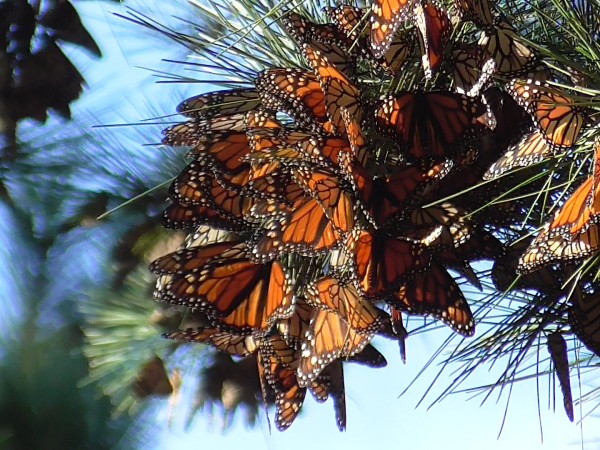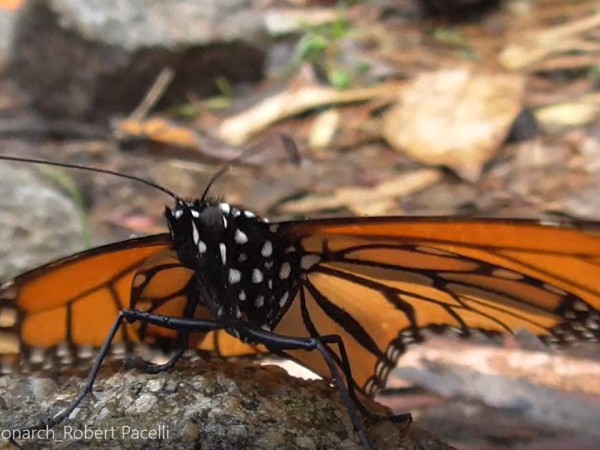Our Final Update For 2022
Rejoice as the winter solstice approaches and daylight hours extend in the Northern Hemisphere. Hoping the new year brings much happiness...and many monarchs to observe. See you in 2023!
Ringing in the New Year
Please enjoy our last news update for 2022. It has been our pleasure to showcase your observational reports in these updates. Your observational notes and photos provided joy. And the data you have collected this year will help to protect and conserve monarch butterflies. Each of our 30+ news updates are testaments to our joint commitment for monarch butterflies.
Eastern Monarch Population
Monitor Overwintering Monarchs in Southeastern U.S.
During the winter holidays, please continue to report winter monarch sightings in the Southeastern U.S. from December through March. If you live in the Gulf states of Texas, Louisiana, Mississippi, Alabama, and Florida as well as Georgia, South Carolina and North Carolina, we want to hear from you.
Virginia in Gretna, LA reported seeing "Two males nectaring and sparring on Pentas and lantana. All my milkweeds are cut back but I have a lot of winter flowering plants. (12/12/2022)
Letter From Estela Romero: Monarchs Inspiring Life and Hope Through Art
Are you wondering what is happening at the Monarch Butterfly Biosphere Reserve? Estela Romero describes some odd behaviors, but she concludes that monarchs are beginning to form dense colonies. Estela also shares some wonderful images of murals inspired by monarchs. We hope these images warm your hearts as we ring in the new year.
Western Monarch Population
Letter From Gail Morris: Western Monarch Fall 2022 Report #6
Gail Morris offers some promising news. "Hopeful news broke this week with the Xerces Society Western Monarch Count reporting the monarch population across the region has increased over last year. Based on early returns, the count is estimated to exceed 300,000." Gail also describes monarch observations in locations throughout the Southwest.





![Interview With An Artist [Spanish Version]](/sites/default/files/styles/updates_teaser/public/2022-12/Artist%20describes%20process.jpg?itok=aCnyHnj6)

